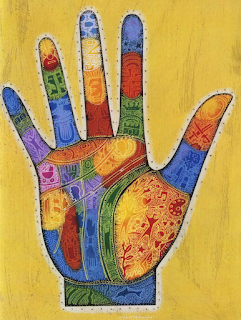Here are the top 5 reasons why I believe this website is beneficial:
Here are 5 ways in which this website relates to Holistic Education:
For these reasons, classrooms and teachers who use The Balanced Literacy Diet create environments that are impactful to student learning, address the whole student, address a variety of learners and embraces technology in our 21st century classroom.
- Provides content to engage teachers, parents, administrators and teacher educators
- Delivers content in a variety of ways: text, tours, videos, images
- Allows teachers to engage with the content when and where it is convenient for them
- Allows individuals to share the content easily through email or text messaging
- Provides teachers with concrete examples that allow them to easily implement strategies or concepts into their classroom that results in a holistic learning approach for their students (students engage with lessons through math, art, drama, technology, small group, large group, individual activities, etc.)
Here are 5 ways in which this website relates to Holistic Education:
- Engages both the teacher and the students in a varied learning environment
- Leverages technology to ensure that the content is easily delivered, viewed and accessed
- Provides ideas that embed literacy in a variety of meaningful ways through a variety of curriculum strands: mathematics, drama, language, art
- Provides teachers with a variety of ideas to incorporate a wide breadth of strategies in their classroom that addresses a variety of learners: hands on lessons, listening lessons, movement lessons, small group instruction, large group instruction, instruction leveraging technology, instruction leveraging art, instruction leveraging individual knowledge, etc.
- Both teacher and student learn new information in an engaging manner
For these reasons, classrooms and teachers who use The Balanced Literacy Diet create environments that are impactful to student learning, address the whole student, address a variety of learners and embraces technology in our 21st century classroom.






